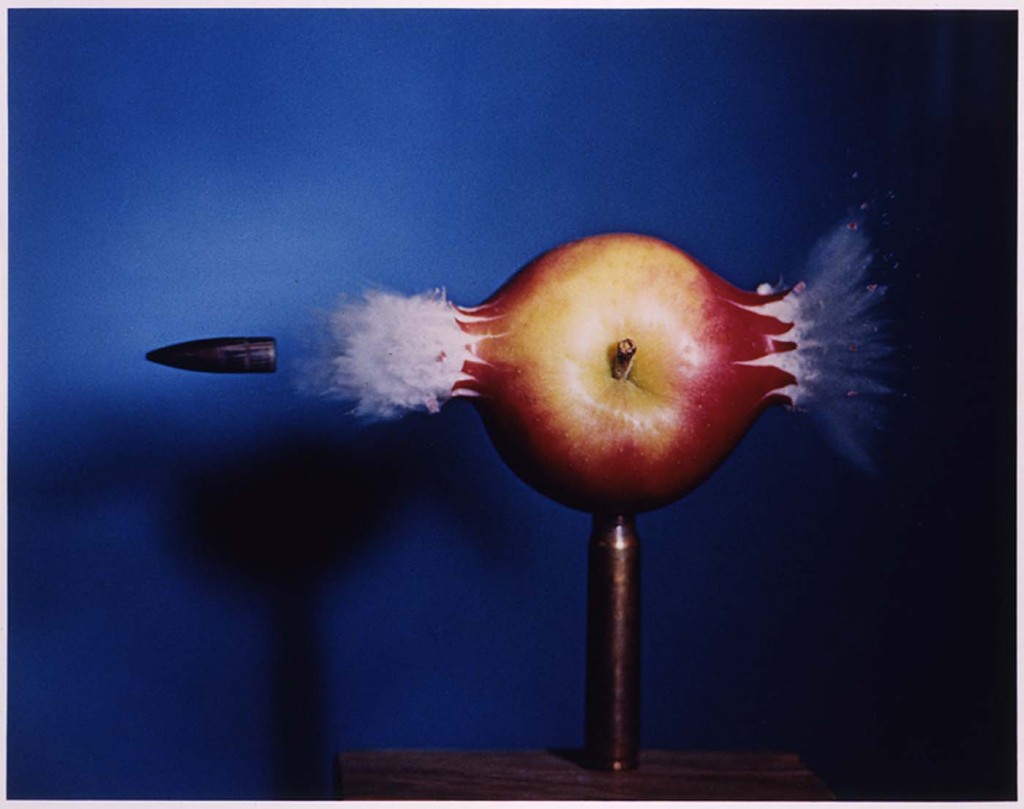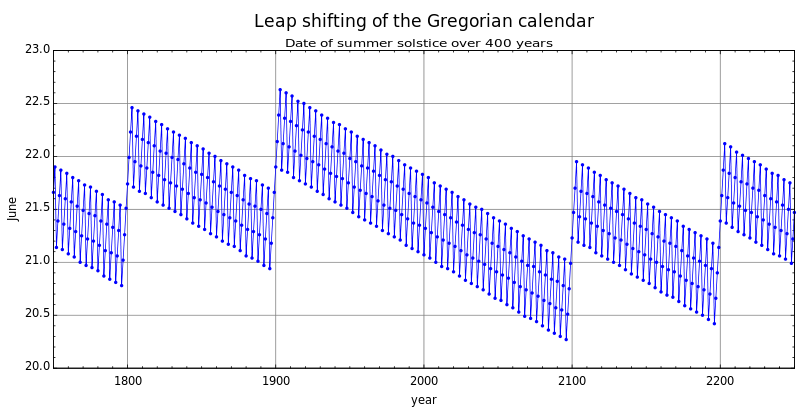Complete this sentence: “I’ll be back in a ___!” While you probably answered “minute”, “second”, or “moment” most people only know the length of the first two. How long is a moment? In medieval times, it was defined to be 1/40th of an hour which is equal to 1.5 minutes or 90 seconds. Interestingly, the moment was further subdivided into twelve equal parts of 7.5 seconds called ounces. The smallest they were willing to go was the atom, a indivisible amount of time that also meant “a twinkling of the eye”. Since there are 47 atoms in an ounce, it’s 15/94th of a second or roughly 160 milliseconds. But how small can we really divide time? To find out, we’ll have to slow things down, way down.
A sixth of a second isn’t much to talk about today when movies have 30 frames a second. In movies and television we often see slow motion sequences, a phenomenon best captured in Time Warp (a science show that documents numerous events with high speed cameras). Today’s high speed cameras can easily shoot 100,000 frames per second, which is 100 faster than the first high speed camera could go. Since Etienne Oehmichen created that first high speed camera (then called an electric stroboscoscope) in 1917, the technology continued to progress until Harold Eugene Edgerton improved the design and started making art, creating the iconic photo above in 1964.
Ultra high speed cameras have practical uses too. Scientists at UCLA are using a 36.7 million FPS camera to detect cancer cells among millions of possible candidates. Still too slow for you? MIT researchers have made a camera that can record light by taking pictures every femtosecond, giving their camera a speed of 10^15 frames per second (one million billion). As of May 2010, the smallest unit of time measured was 12 attoseconds, roughly 80 times shorter than the period between pictures of the camera just mentioned. But if you really want to get the theoretical smallest unit of time, that’s Planck time. Clocking in at 5.39 * 10^-44 seconds, there are roughly 3.1 * 10^25 units of Planck time in an attosecond. Slow still has a long way to go.
Today’s Tangent: A moment is 1.5 minutes, which means it could also be called a sesquiminute. The prefix sesqui- means “one and a half”, leading to one of my favourite words: sesquipedalian. It comes from the Latin sesquipedalis, literally meaning “a foot and a half long”. Today it aptly means “a long word”.


